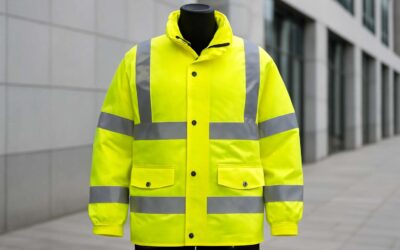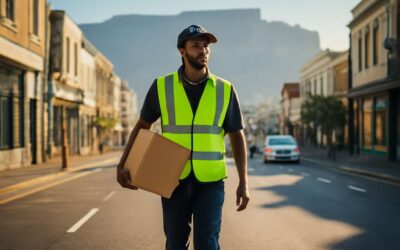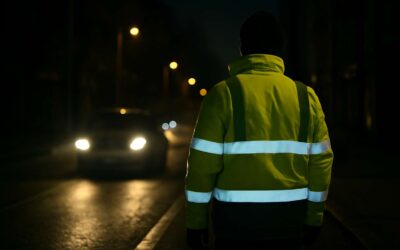
High visibility clothing is a safety accessory that is designed to increase the wearer’s visibility to help prevent injuries and accidents. It is a necessity for workers who work in hazardous situations, such as construction sites and warehouses. It can also be worn by police officers, firemen, and other employees who need to be seen from a distance.
The American National Standards Institute (ANSI) has established standards for high visibility garments. These standards help employers choose the right apparel for their workers and ensure that they are protected from low-light hazards.
ANSI-approved garments must have reflective stripes and other elements that can be easily spotted at night or in dark environments. These include a combination of fluorescent colors and retroreflective materials. These materials can re-emit light from the sun, street lamps, and other sources of light.
Some types of clothing use only fluorescent colors, while others utilize a combination of both. The best high-visibility clothing has both fluorescent and reflective materials. It is important to keep in mind that fluorescent materials fade over time, so you should replace them if they are no longer effective at increasing your visibility.
The ANSI standard presents three performance classes for hi-vis clothing. Each class has a different level of visibility to the wearer depending on the settings and work activities being performed. These are referred to as off-road (type O), roadway and temporary traffic control (type R), and public safety activities (type P).
Type O, Class 1 – This class offers the minimum amount of high visibility material required for off-road environments. It is mainly worn by workers who need to be visible in areas with limited access to lighting.
ANSI-approved Class 2 or 3 – This class offers more visibility in complex backgrounds and through full ranges of movement by the placement of background and retroreflective materials as well as combined performance materials on the sleeves and pant legs, if present. This type of apparel is primarily worn by workers who are working in roadrights-of-way and temporary traffic control zones.
Other workers who need to be highly visible are those who work in hazardous or cluttered environments, such as warehouses or construction sites. These are often located in urban areas, as constructions jobs can be difficult to navigate. In these instances, a vest with incident command colors is ideal for identifying different teams of responders.



0 Comments